I have a .ps1 file in which I want to define custom functions.
Imagine the file is called MyFunctions.ps1, and the content is as follows:
Write-Host "Installing functions"
function A1
{
Write-Host "A1 is running!"
}
Write-Host "Done"
To run this script and theoretically register the A1 function, I navigate to the folder in which the .ps1 file resides and run the file:
.\MyFunctions.ps1
This outputs:
Installing functions
Done
Yet, when I try to call A1, I simply get the error stating that there is no command/function by that name:
The term 'A1' is not recognized as the name of a cmdlet, function, script file, or operable program. Check the spelling
of the name, or if a path was included, verify that the path is correct and try again.
At line:1 char:3
+ A1 <<<<
+ CategoryInfo : ObjectNotFound: (A1:String) [], CommandNotFoundException
+ FullyQualifiedErrorId : CommandNotFoundException
I must misunderstand some PowerShell concepts. Can I not define functions in script files?
Note that I have already set my execution policy to 'RemoteSigned'. And I know to run .ps1 files using a dot in front of the file name: .\myFile.ps1


